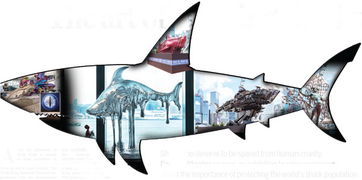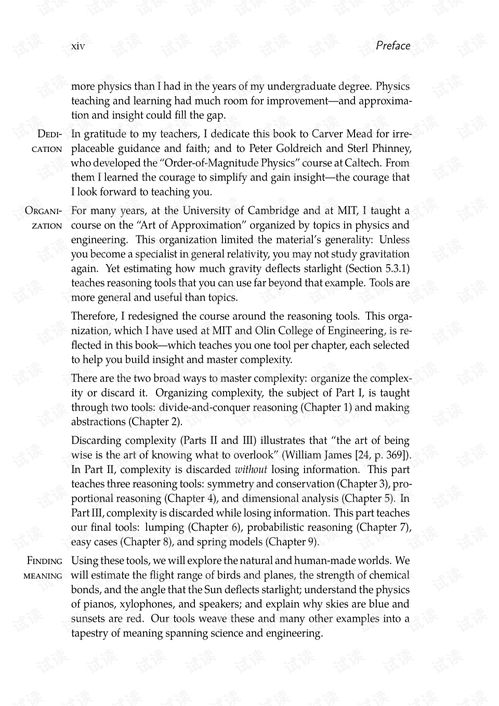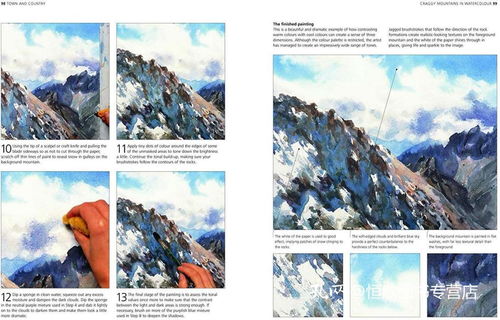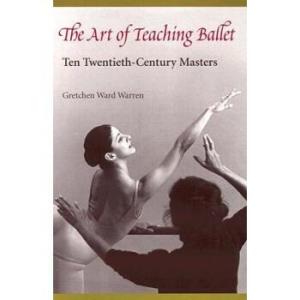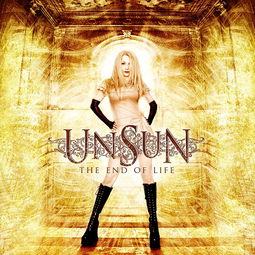Content:
In the serene world of fly fishing, where the art of casting and patience intertwines with nature's beauty, crafting captivating content becomes a crucial skill. Whether you are writing for a fishing magazine, a blog, or a social media platform, the way you present your content can significantly influence your audience's engagement and appreciation for this timeless pastime. Here's a guide on how to write compelling fishing content, focusing on the key elements that make for an engaging and informative read.
Start with a Compelling Hook
Your opening sentence should be like a perfect cast that hooks the reader's attention. Begin with a vivid description, a surprising fact, or a personal anecdote that resonates with your target audience. For instance:
"The sun dipped below the horizon, casting a golden glow over the tranquil river. As I made my first cast, I felt the thrill of the unknown, a feeling that has captivated anglers for centuries."
Define Your Audience
Understanding your audience is crucial. Are they beginners looking to learn the basics, or seasoned anglers seeking advanced techniques? Tailoring your content to their level of expertise will make it more relatable and informative. For beginners, focus on simple, step-by-step instructions, while for advanced readers, delve into the nuances of fly fishing.
Use Clear and Concise Language
Fly fishing can be a complex sport, but your writing should not be. Use clear, concise language to explain techniques and concepts. Avoid jargon unless it's essential and provide explanations for terms that might be unfamiliar to some readers.
Incorporate Visual Descriptions
Paint a picture with your words. Describe the scenery, the sounds of the water, the feel of the line in your hand, and the movement of the flies. This sensory overload can transport the reader into the world of fly fishing, making your content more immersive.
Share Personal Experiences
Personal stories and experiences can make your content more relatable. Share a tale of a memorable catch, a challenging day on the water, or a lesson learned. This not only adds depth to your writing but also builds a connection with your readers.
Provide Step-by-Step Instructions
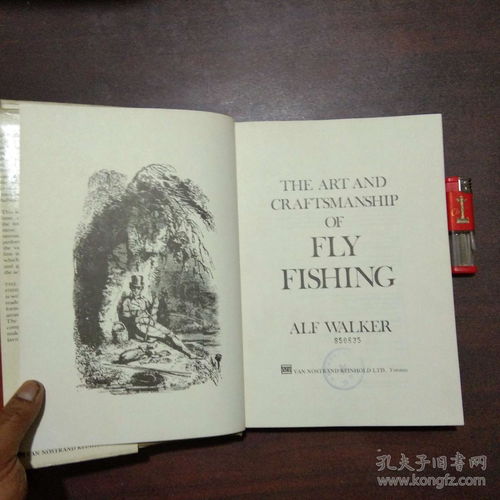
For instructional content, break down the process into manageable steps. Use bullet points or numbered lists to make the information easy to follow. For example:
- Step 1: Choose the right fly for the conditions.
- Step 2: Tie the fly to your leader.
- Step 3: Cast the line in a smooth, controlled motion.
- Step 4: Wait for the fish to take the fly.
Include Safety Tips
Safety should always be a priority in fly fishing. Offer tips on how to stay safe on the water, from using appropriate gear to being aware of your surroundings.
Add Visual Elements
Incorporate high-quality images, infographics, or videos to enhance your content. Visuals can break up text, illustrate points, and provide a more engaging experience for the reader.
Engage with Your Audience
Encourage reader interaction by asking questions or inviting them to share their own experiences. This can create a sense of community and keep your audience engaged.
Proofread and Edit
Before publishing, take the time to proofread and edit your content. Ensure that there are no grammatical errors, and that the flow of the writing is smooth. A well-written article reflects positively on your expertise and professionalism.
In conclusion, writing compelling fishing content requires a blend of storytelling, clear instruction, and a deep understanding of your audience. By following these techniques, you can create content that not only informs but also inspires, turning casual readers into passionate anglers. Remember, the art of fly fishing is not just about catching fish; it's about the experience, the connection with nature, and the stories that unfold along the way.
